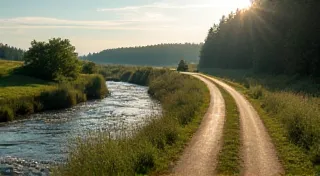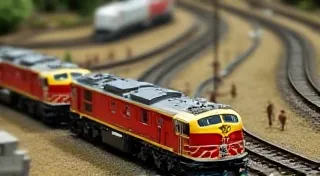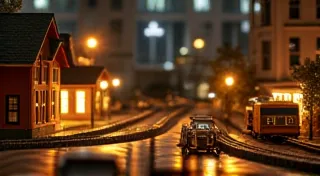Layout Design: S-Curves and Their Impact on Realism and Operation
S-curves. They're a staple in many full-scale railroads, and incorporating them into your model railroad layout can dramatically increase both realism and operational interest. But creating effective S-curves in miniature requires more than just throwing a couple of curved track sections together. Let's delve into the considerations behind S-curve design.
What is an S-Curve?
Simply put, an S-curve is a series of curves that curve in opposite directions. Typically, this involves a left-hand curve followed closely by a right-hand curve. They mimic the situations where track needs to navigate around obstacles or follow terrain changes in the real world, often found in mountainous regions or urban areas. While a simple double curve *can* function as an S-curve, the closer the curves are, and the tighter they are, the more pronounced and realistic the effect becomes.
Realism and the S-Curve
Real-world railroads use S-curves to negotiate changes in elevation and avoid obstacles. A carefully placed S-curve instantly adds authenticity to your layout. Consider the environment you're modeling. A rural logging railroad might feature tight, abrupt S-curves carved into a hillside, while a passenger line traversing a valley might have wider, more graceful curves.
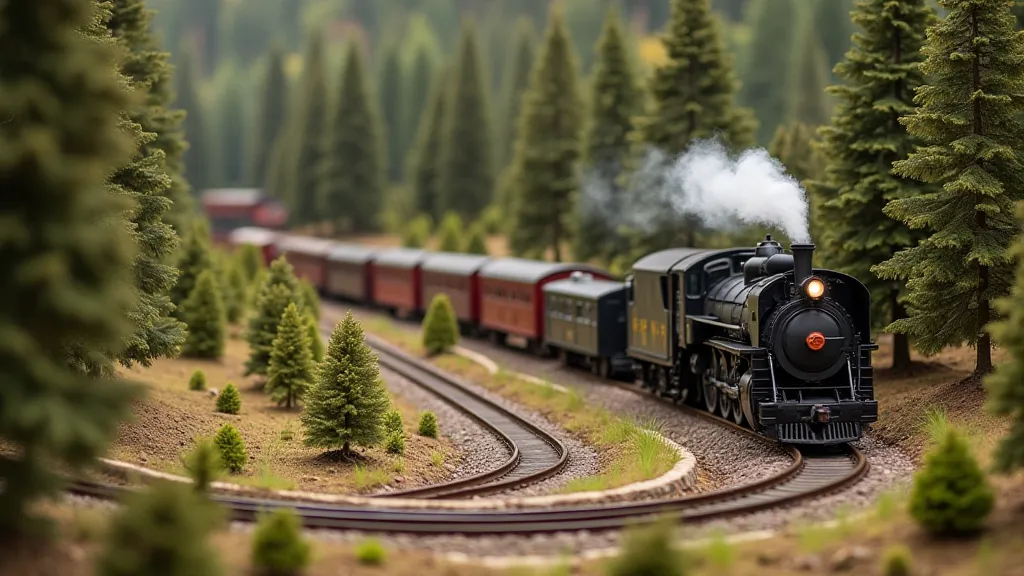
Operational Considerations - Can Your Trains Handle It?
While visually appealing, S-curves present operational challenges. Tight curves reduce the maximum speed your trains can safely navigate. Longer equipment (like passenger cars or string of tank cars) are more susceptible to derailments, especially if the trackwork isn't perfectly aligned. Here’s what to consider:
- Radius Matters: The tighter the radius, the lower the maximum speed. Experiment to find the sweet spot where trains look realistic moving at a decent speed without derailing. Use appropriate radius track for your chosen scale and the type of locomotives and rolling stock you intend to run.
- Track Alignment: Perfect track alignment is even more crucial on S-curves. Even slight misalignment can cause derailments. Use a track alignment gauge to ensure smooth transitions between the curves.
- Friction: High-friction rolling stock will struggle more on tight curves. Choose locomotives and rolling stock with good flanges and appropriate weight for the radius you're using.
- Speed Control: Consider incorporating a speed control system, especially in areas with tight S-curves, to prevent excessive speed and potential derailments.
Aesthetic Appeal - Creating Visual Interest
Beyond realism, S-curves add visual interest and dynamism to a model railroad layout. They break up the monotony of long, straight runs and create a more visually engaging scene. Consider these tips:
- Elevation Changes: Integrate S-curves with elevation changes. A slight grade entering or exiting the curves can add visual drama.
- Scenery Integration: Use scenery to mask the curves and blend them seamlessly into the surrounding landscape. Trees, rocks, and buildings can all help to soften the appearance of the curves.
- Perspective: The placement of S-curves can influence the perceived depth of your layout. Strategic placement can create an illusion of greater distance.

Planning Your S-Curve
Before laying a single piece of track, carefully plan the location and design of your S-curves. Consider these factors:
- Layout Space: S-curves require a significant amount of space. Ensure you have enough room to comfortably accommodate the curves without overcrowding the layout.
- Track Plan: Integrate the S-curve into your overall track plan. Consider how it will connect to other sections of the layout.
- Prototype Inspiration: Look at real-world railroad maps and photographs for inspiration. This can help you create realistic and interesting S-curve designs.
- Experimentation: Don's be afraid to experiment. Try different radii and curve placements to find what works best for your layout.
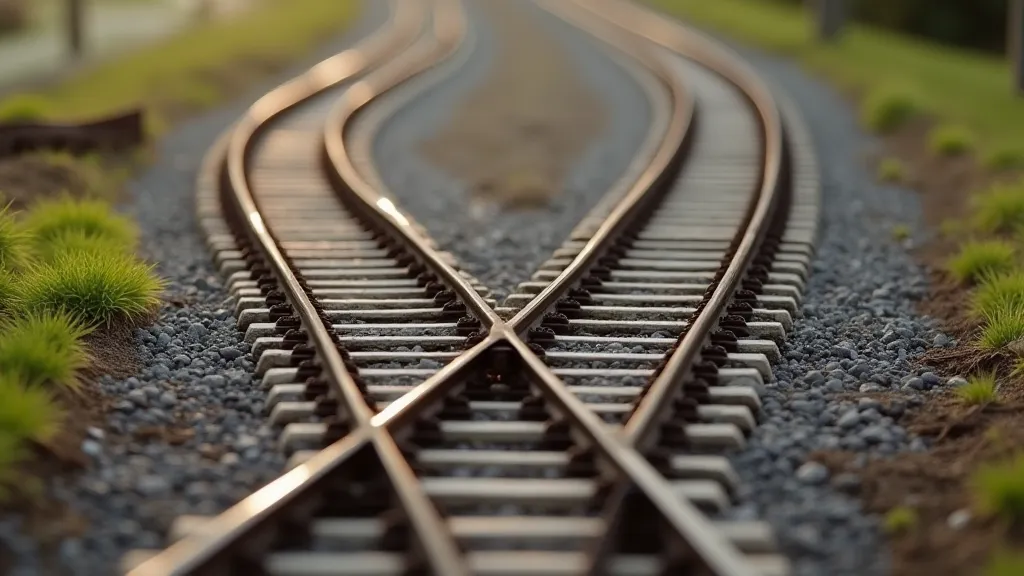
Conclusion
S-curves are a powerful tool for creating realistic and engaging model railroad layouts. By carefully considering the operational and aesthetic implications, you can transform your layout from a simple circle of track into a miniature world that captures the beauty and complexity of real-world railroading.

